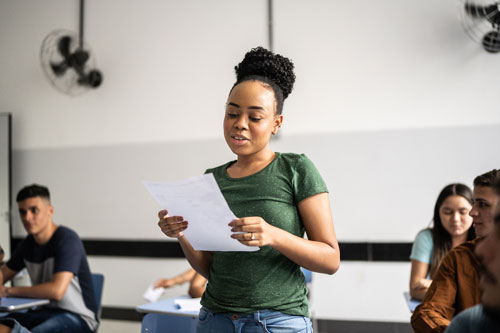The Theory of Literacy Processing
Reading Recovery is based on Marie Clay’s theory of literacy processing — a theory of assembling a complex network of systems for reading and writing continuous text. This network includes the integration of perceptual, cognitive, and linguistic information sources, and the ways in which they assemble and reassemble depending on the demands of the task.
“Clay’s complex theory posits that many parts of the brain work together to utilize information of many kinds: phonological, syntactic, visual, perceptual, symbolic, orthographic, motoric, affective, conceptual, etc., with interconnections among all.” (Jones, 2006, p. 60)
“In every lesson, the goal is to help each child build an effective literacy processing system in which they independently monitor their own reading; search for information using meaning, language structure, and visual information in print; notice their errors; take unprompted action to correct those errors; and problem-solve flexibly (Clay, 2015; Doyle, 2019; Konstantellou & Lose, 2016). As the child engages in this range of strategic actions over time, their processing systems become stronger and more efficient, enabling them to read increasingly complex texts with fluency, accuracy, and a focus on meaning.” (Lose, 2020, p. 5)
[Reading Recovery’s] “complex theory of literacy learning supports the view that there are many parts of literacy processing which can be difficult for children. Different children have different strengths and weaknesses, and there may be many causes of difficulty varying from child to child.” (Clay, 2015b, pp. 300–301)
A range of teaching procedures, therefore, are needed to help support the development of each child’s strategic control of literacy processing (Askew, 2018; Doyle, 2015, 2019). This calls for teacher knowledge and expertise in order to change the trajectory of learning from slow, or ineffective processing to fast, efficient parallel processing.
To learn more about how literacy processing theory are integrated throughout Reading Recovery, please see the Principles of Reading Recovery.
THEORY OF LITERACY PROCESSING
See how Reading Recovery aligns with these essential components:
The theory involves:
THE JOURNAL OF READING RECOVERY
Spring 2024
Constructing a More Complex Neural Network for Working on Written Language That Learns to Extend Itself by Carol A. Lyons
Reading Recovery IS the Science(s) of Reading and the Art of Teaching by Debra Semm Rich
Predictions of Progress: Charting, Adjusting, and Shaping Individual Lessons by Janice Van Dyke and Melissa Wilde
Teachers Designing for Context: Using Integrity Principles to Design Early Literacy Support in Aotearoa New Zealand by Rebecca Jesson, Judy Aitken, and Yu Liu





